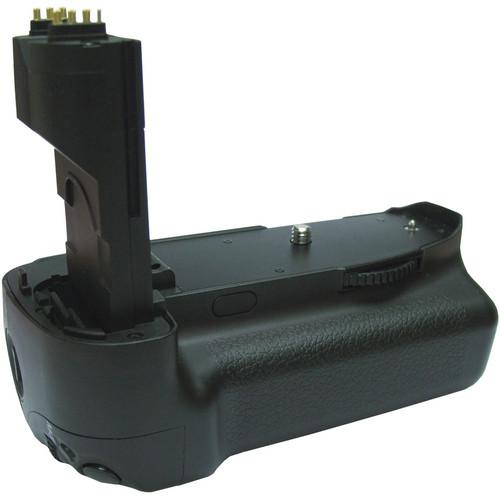

There’s no need to get a fancy model (unless you like fancy stuff), just make sure it operates smoothly.Īs mentioned earlier, cable releases are compatible with the X10, X20, X100, X100S, X-Pro1 and X-E1. keeping the shutter depressed (and locked) for an extended period of time to take long-time exposures (bulb mode)Ĭable releases come in several forms and usually don’t cost much.fully depressing the shutter to take the shot.half-pressing the shutter to establish/lock focus and exposure.Classic Mechanical Cable ReleaseĬable releases can perform the same three basic functions as your camera’s shutter button: The X-S1 and X-E1 feature an option to electronically release the shutter through the so-called RR-80 port (which hides in the Mini-USB port of these cameras, using pins number 4 and 5), and in addition to that, the X-E1 allows the microphone input socket to moonlight as a remote trigger input that is compatible with a substantial range of camera makes and models, offering a large number of options of remote triggering devices that can be used in concert with this camera.
Hahnel inspire liveview manual#
The X10, X20, X100, X100S, X-Pro1 and X-E1 offer classic threads for manual screw-in cable releases. Sadly, Fujifilm doesn’t offer a common remote triggering interface in its X series: With the XF1, there’s no option to externally trigger the shutter at all, so all you can do is using the self-timer.
Hahnel inspire liveview Bluetooth#
Advanced timing solutions incorporate wireless operation (infrared, radio-controlled, Bluetooth or WLAN), and they can be triggered by certain GPS coordinates or position changes (like taking a shot every 50 meters while moving in a car), by a person stepping in front of the camera (recognizing faces or movement) or by rather exotic stuff like changes in the magnetic field. Other applications of remote shutter release devices are placing the camera at hard to reach locations or producing a series of well-timed shots for time-lapse or HDR photography. Yes, you can use the camera’s self-timer function for hands-free operation, but it’s hard (if not impossible) to catch decisive moments with this method. Mounting the camera on a tripod is only half of the solution. For once, not touching the camera reduces shake and vibrations, which is especially important at slow shutter speeds. Releasing the shutter of your camera remotely can have several advantages. Talk to Rico (questions & feedback) – Rico’s Flickr photosteam


 0 kommentar(er)
0 kommentar(er)
